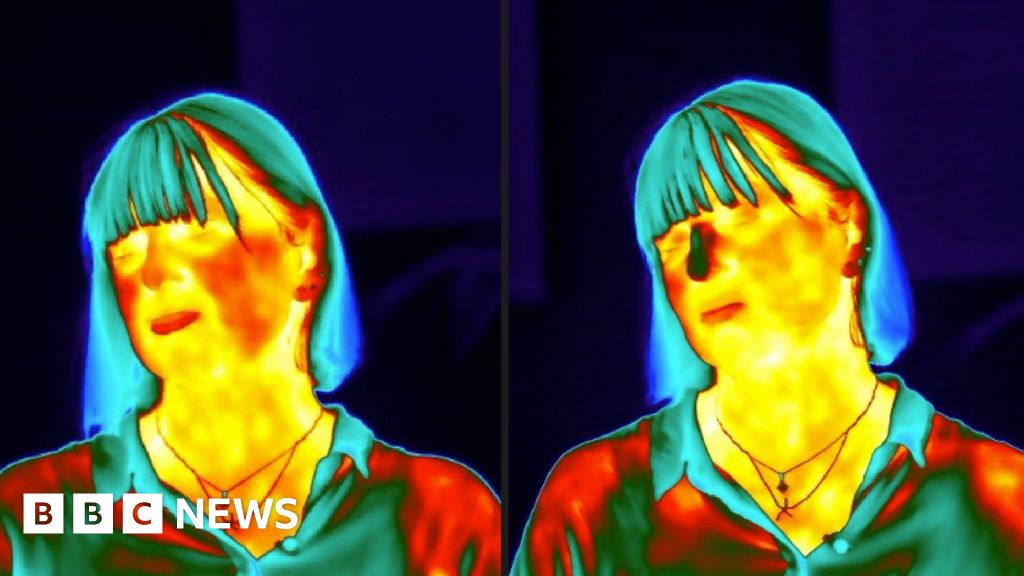
"When I was asked to give an impromptu five-minute speech and then to count backwards in intervals of 17 - all in front of a panel of three strangers - the acute stress was written on my face. That is because psychologists from the University of Sussex were filming this somewhat terrifying experience for a research project that is studying stress using thermal cameras."
"The experimental stress test that I subjected myself to is carefully controlled and deliberately designed to be an unpleasant surprise. I arrived at the university with no idea what I was in for. First, I was asked to sit, relax and listen to white noise through a set of headphones. So far, so calming. Then, the researcher who was running the test invited a panel of three strangers into the room."
"The Sussex researchers have carried out this same stress test on 29 volunteers. In each, they saw their nose dip in temperature by between three and six degrees. My nose dropped in temperature by two degrees, as my nervous system pushed blood flow away from my nose and to my eyes and ears - a physical reaction to help me to look and l"
Researchers induced acute stress with a controlled, unexpected impromptu speech and cognitive tasks while recording facial temperature with thermal cameras. Participants first relaxed with white noise, then faced a silent panel of strangers and had limited preparation time, creating physiological stress. Thermal imaging revealed rapid drops in nasal temperature, typically three to six degrees across volunteers, reflecting redirected blood flow away from the nose toward eyes and ears. Nasal cooling correlated with acute stress responses and recovery patterns. Thermal imaging offers a non-contact method to quantify stress and monitor physiological recovery in real time.
Read at www.bbc.com
Unable to calculate read time
Collection
[
|
...
]